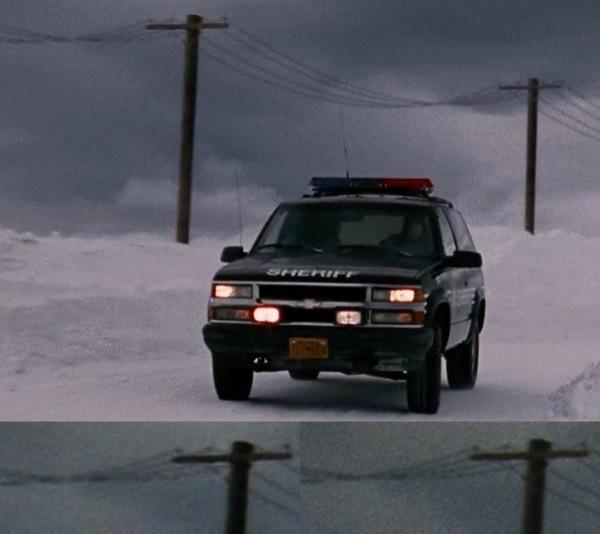Comparison finds iTunes 1080p video nears Blu-ray disc quality
Despite a substantially smaller file size, 1080p movies from iTunes perform admirably against identical offerings in the Blu-Ray format, showing good sharpness and color saturation, reports Ars Technica.
The test was based on still and moving images from the movie '30 Days of Night,' which were viewed on a 1,920x1,080 pixel Dell U2312HM monitor. An MacBook Air piped the iTunes content to the display through DisplayPort, while a Panasonic DMP-BD65 served as the test bed for the Blu-Ray version of the movie.
The iTunes download came in at 3.62GB and includes Dolby Digital 5.1 sound as well as a stereo AAC track, and is being compared to the 50GB-capable Blu-Ray Disc which adds a DTS-HD option to the standard Dolby Digital 5.1. Also included on the physical disc are special video features and other extras.
In the report's findings, the H.264-compressed iTunes media was close in image sharpness, though a bit of anti-aliasing produced a slightly softer image in scenes with great detail. On the whole, however, the differences are only clearly seen when making pixel-to-pixel comparisons and may not be noticeable if watched from a proper viewing distance.
Sharpness is somewhat comparable to Blu-Ray in all but the most detailed scenes. | Source: Ars Technica
Color was another area where the iTunes version shined, exhibiting good standard saturation and comparable accuracy against the Blu-Ray reference image. It should be noted that all current display technologies are capable of reproducing the color gamut of a Blu-Ray Disc, and thus makes this particular test somewhat inconsequential.
One metric where Blu-Ray trumped its iTunes competitor was contrast, where the Apple encoded video saw a marked decrease in detail at the spectrum's extremes. In the provided image still, highlights are blown out and nuanced detail within the shadows was all but lost. Video compression often constrains the visible spectrum in order to save space, and iTunes' implementation is no different.
Another space-saver is the smoothing of "film grain" and noise, factors that the capacious Blu-Ray Disc doesn't need to fret over, which is why during panning shots or highly detailed scenes are rendered slightly mushy in the Apple version. Unlike still photography, where noise is usually unwanted, the grain in moving images adds a perceived detail that lends itself to a "movie look."
The achilles heel to most highly-compressed video formats is gradients, and H.264 is no exception. In the Blu-Ray version, a cloudy night sky is represented faithfully, with smooth transitions and no detectable amount of banding. The iTunes copy, however, shows significant amounts of banding, which presents itself as a sharp steps between gradients that should otherwise be smooth.
Despite a few shortcomings, the new 1080p option for iTunes users looks to be worthwhile, especially given the immense savings in space and lack of physical media.
 Mikey Campbell
Mikey Campbell













 Malcolm Owen
Malcolm Owen
 William Gallagher and Mike Wuerthele
William Gallagher and Mike Wuerthele
 Christine McKee
Christine McKee
 William Gallagher
William Gallagher

 Marko Zivkovic
Marko Zivkovic









